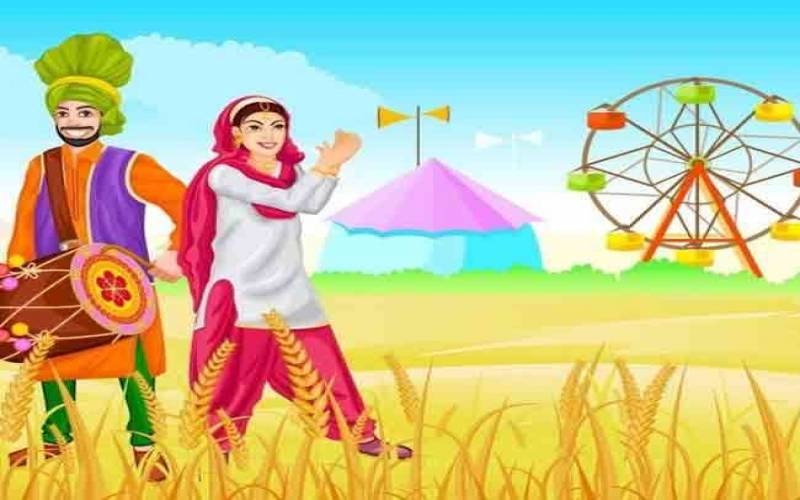Baisakhi Festival, India
In Punjabi culture, it is celebrated annually during Baisakhi and has a similar feel to all Punjabi festivals, as well as being colorful, boisterous, and involving food, music, and dance. Other states in India also observe Baisakhi. Punjab celebrates Baisakhi. In addition to being a harvest festival in the spring, Baisakhi is also a day of commemoration for the formation of the Khalsa Panth of warriors under Guru Gobind Singh in 1699.
Each year, the 13th of April is celebrated, and every 36 years, the 14th of April. The word Baisakhi is derived from Vaishakh and also known as Vaisakhi. Known as Fagun or Falgun, it is the second month in the Hindu calendar following Chaitra. The farmers in northern India are sowing and harvesting the previous season's crops at this time. Gurdwaras dress up for this day as they prepare to welcome the footfall of thousands of devotees. A Sikh takes a holy dip in a nearby pond or lake and is dressed in festive clothes. Nagar kirtan processions, food distributions, and Langar Sevas are held. Guru Granth Sahib - the holy book of Sikhs - is carried in Nagar Kirtan.
The procession is conducted by devotees chanting or singing holy hymns. Saffron attire is always worn by the Panj Pyare (the beloved five), who lead the procession. Sikhs follow them with Guru Granth Sahib and other members of the procession. In advance of the procession, Sewadars or volunteers clear the road. In the end, the procession arrives at the designated Gurudwara for the Ardas. In Hinduism, it is a holy day also for non-Sikhs. There is a tradition of taking a dip in the river or lake and then visiting a temple on this day. It is also a day of festive dance and sweetmeat making. A local form of Baisakhi is also observed in Bengal, Assam, and Bihar.
